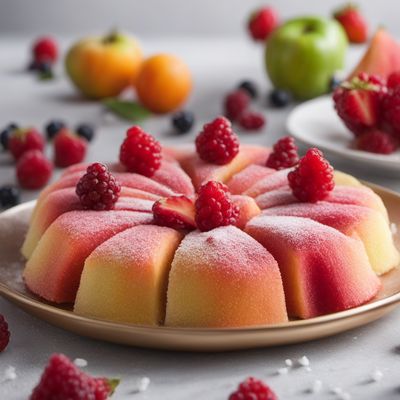
Dish
Frutta martorana
Frutta martorana is made by mixing almond paste with sugar and water to form a dough. The dough is then shaped into various fruit shapes and painted with food coloring to resemble real fruits. The dessert is often served with coffee or sweet wine.
Origins and history
Frutta martorana originated in the 15th century in the Martorana convent in Palermo, Sicily. The nuns of the convent created the dessert to decorate the church during religious festivals. The dessert became popular among the locals and eventually spread throughout Sicily and Italy.
Dietary considerations
Frutta martorana is gluten-free and dairy-free, making it suitable for those with celiac disease or lactose intolerance. However, it is high in sugar and should be consumed in moderation.
Variations
There are many variations of frutta martorana, with different shapes and colors representing different fruits. Some variations also include a filling made from candied fruit or chocolate.
Presentation and garnishing
To make frutta martorana, it is important to use high-quality almond paste and food coloring. The dough should be kneaded until it is smooth and pliable, and the fruit shapes should be carefully crafted to resemble real fruits. The dessert is often presented on a platter or in a decorative bowl and garnished with fresh mint leaves or edible flowers to enhance its visual appeal.
Tips & Tricks
When shaping the dough, it can be helpful to use a mold or template to ensure consistent fruit shapes. It is also important to let the painted fruit dry completely before serving to prevent the colors from bleeding.
Side-dishes
Frutta martorana is typically served as a dessert on its own, but it can also be used as a decorative centerpiece for special occasions. It pairs well with coffee or sweet wine.
Drink pairings
Frutta martorana pairs well with coffee or sweet wine.
Delicious Frutta martorana recipes
More dishes from this category... Browse all »

Aamras
Indian cuisine
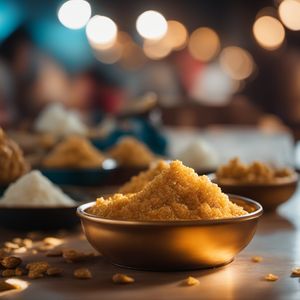
Aasmi
Indian cuisine

Agra petha
Indian cuisine

Aiyùbīng
Taiwanese cuisine

Ajdnek
Slovenian cuisine
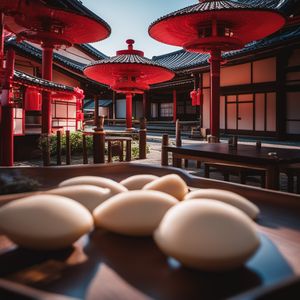
Akafuku
Japanese cuisine
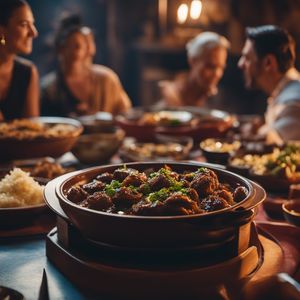
Akanés
Greek cuisine

Akumaki
Japanese cuisine
More cuisines from this region... Browse all »

Abruzzese and Molisan cuisine
Savory, Earthy, Rustic, Hearty

Apulian cuisine
Fresh, Savory, Rustic, Simple
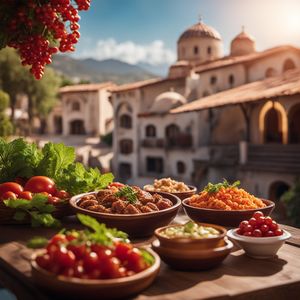
Arbëreshë cuisine
Savory, Tangy, Herbaceous, Spicy

Basilicatan (Lucanian) cuisine
Savory, Earthy, Rustic, Hearty

Ligurian cuisine
Light, Delicate, Herbaceous, Salty

Lombard cuisine
Rich, Savory, Meaty, Cheesy
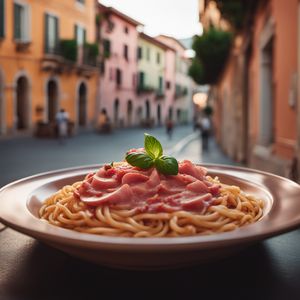
Neapolitan cuisine
Bold, Savory, Spicy, Tangy, Fresh
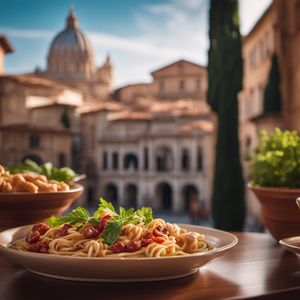
Roman cuisine
Fresh, Light, Herbaceous, Tangy, Savory
